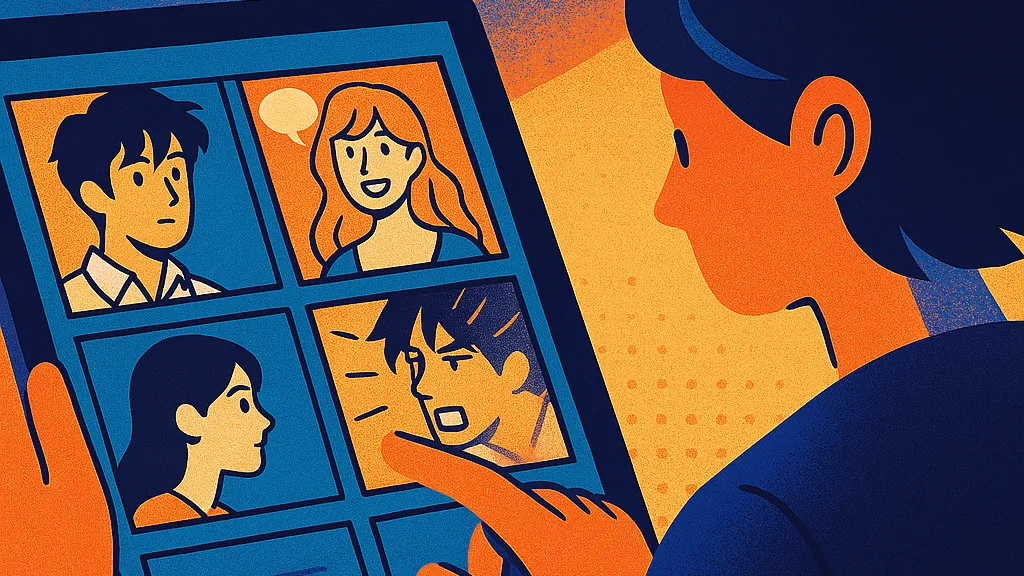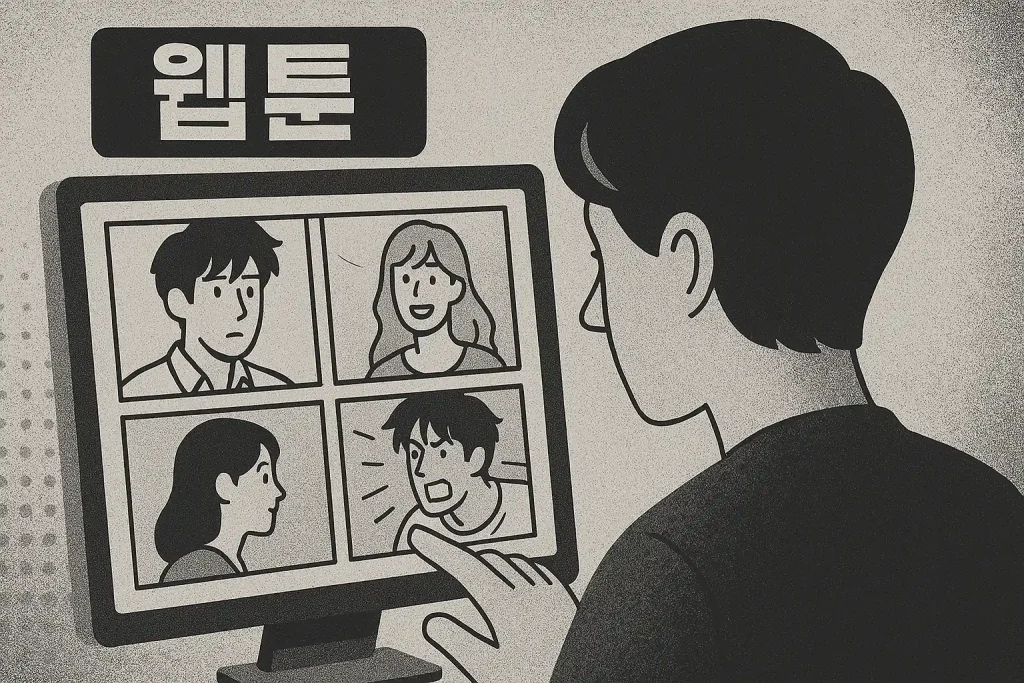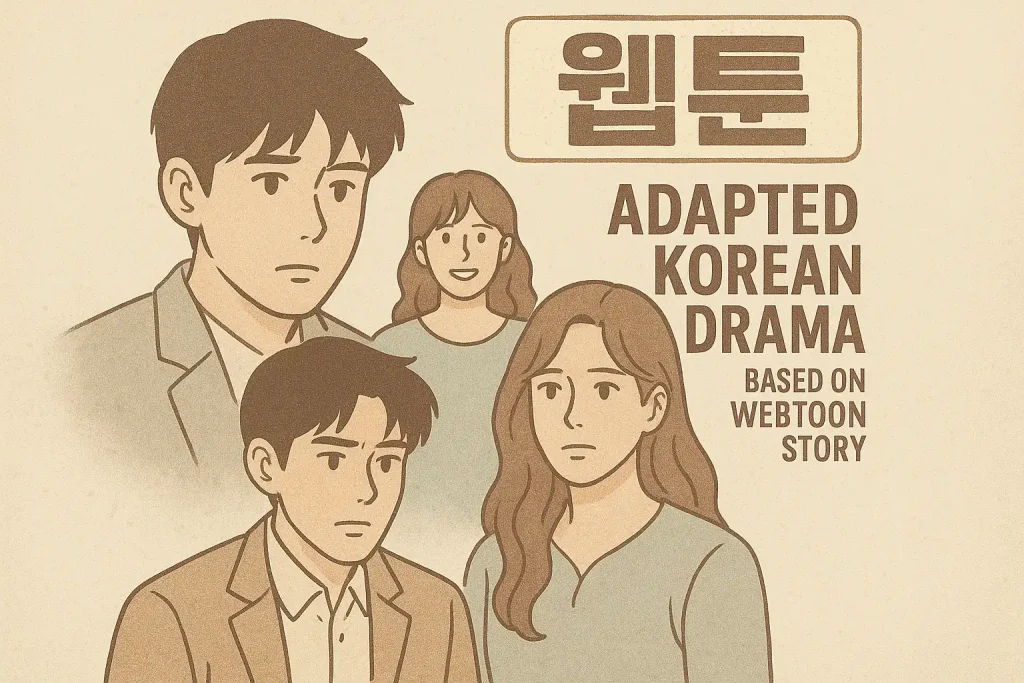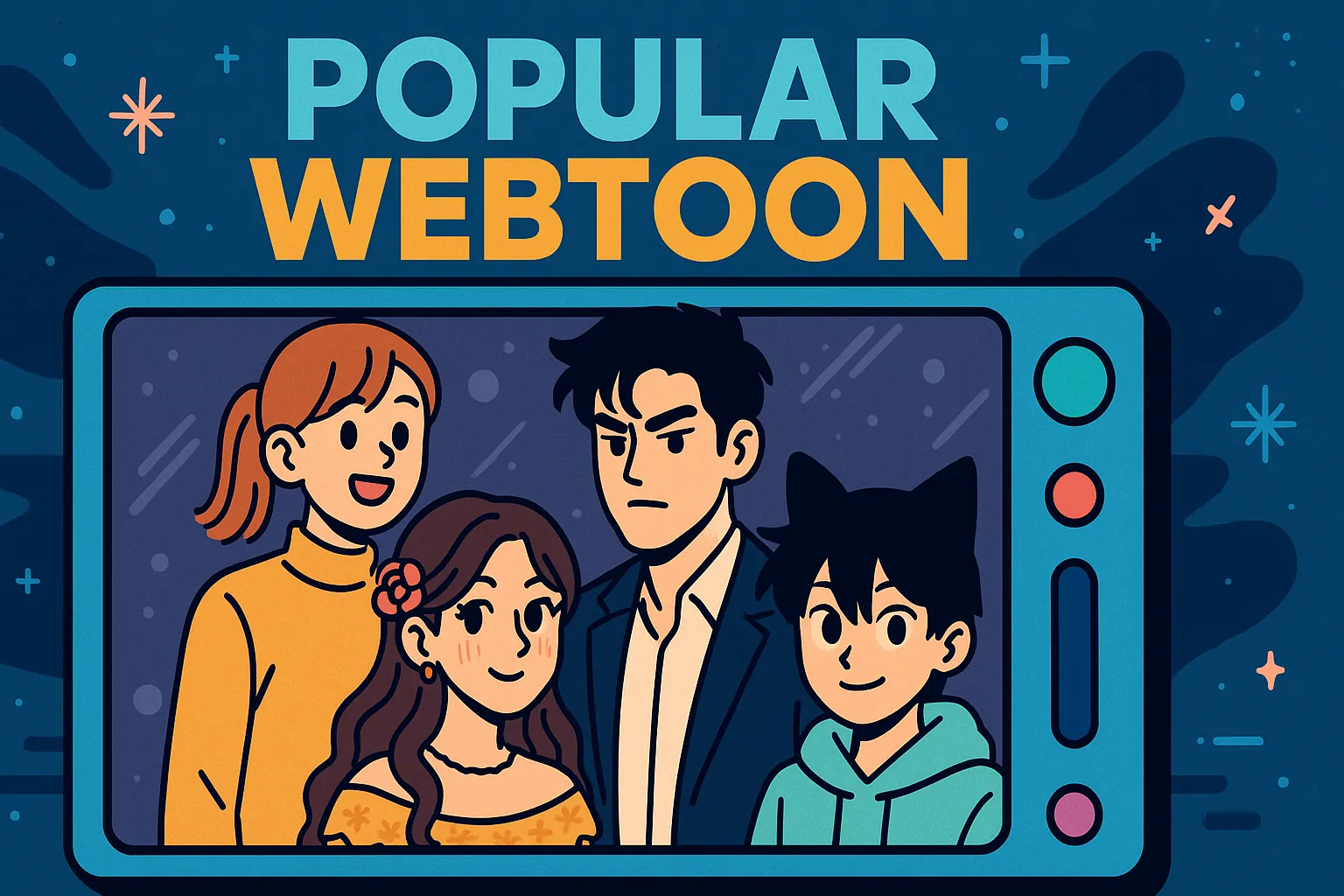The question “What Is Webtoon” often comes up when people explore Korean culture. A webtoon is more than just an online comic; it represents a unique storytelling format that has shaped modern entertainment. Unlike traditional comics, webtoons are designed for digital platforms, making them accessible and easy to read on smartphones.
In Korean culture, webtoons play a vital role in connecting readers with stories that reflect traditions, modern life, and even fun facts about daily experiences. Many webtoons have inspired dramas, movies, and merchandise, showing how influential they have become. Understanding webtoons is essential not only for fans of Korean entertainment but also for anyone interested in global storytelling trends. By exploring what webtoons mean in the context of Koreans and their creative industry, readers gain insight into a cultural phenomenon that continues to expand worldwide.
What is Webtoon?
The term webtoon combines the words “web” and “cartoon.” In simple terms, it is a digital comic that readers can enjoy online. When asking “What Is Webtoon”, the answer lies in its format and accessibility. Unlike printed comics, webtoons are published in vertical scrolling layouts, designed specifically for smartphones and digital platforms.
Within the Korean culture community, webtoons are often described as innovative digital comics or online graphic novels. Some even refer to them as interactive stories, since many platforms allow comments and direct engagement from readers. The definition of webtoon emphasizes both its storytelling style and its cultural impact.
Essentially, a webtoon is a digital term (용어) that signifies more than entertainment; it highlights how technology and culture intersect to create new forms of art. This explanation (설명) also clarifies its importance, as webtoons now serve as key sources for TV series, movies, and even global collaborations.
Detailed Explanation of Webtoon

To fully answer the question “What Is Webtoon”, one must look at its components. A webtoon is defined by its vertical format, which makes reading on smartphones natural and enjoyable. This format differs from traditional Western comics that usually follow page-by-page layouts. By scrolling down, readers experience a seamless flow of story and visuals.
Additionally, webtoons cover a wide range of genres, including romance, fantasy, action, thriller, and slice-of-life. For example, popular titles like Tower of God, True Beauty, and Lore Olympus showcase the diversity of themes. Some stories focus on traditions and Korean food, while others explore modern issues such as social media and career struggles.
Another key aspect of webtoons is their accessibility. Many platforms offer free episodes, while premium users can unlock early access. This model has made webtoons popular among younger audiences who enjoy entertainment on mobile devices. Furthermore, translation services make webtoons available in multiple languages, expanding their reach beyond Koreans to global readers.
Webtoons also integrate multimedia elements such as background music or motion effects, enhancing the storytelling experience. This feature provides a more immersive description (설명) compared to traditional comics.
Ultimately, webtoons represent an evolving concept (개념) in storytelling. They balance creativity with accessibility, ensuring that both casual readers and dedicated fans can enjoy engaging narratives. Through their global spread, webtoons have become a significant part of Korean culture and worldwide entertainment trends.
History or Origin of Webtoon

The origin of webtoons dates back to the early 2000s in South Korea. At that time, internet access and digital platforms were expanding rapidly. Artists began publishing their works online to reach a wider audience. Unlike traditional comics, webtoons adapted perfectly to smartphones, which were becoming increasingly popular among Koreans.
The earliest webtoons were simple, black-and-white drawings uploaded on online forums. However, as technology improved, so did the quality and creativity of webtoon art. Companies like Naver and Daum launched dedicated platforms that formalized webtoons as a mainstream entertainment form.
By the mid-2010s, webtoons gained global recognition. Their history shows a shift from small online projects to international cultural exports. Today, many hit K-dramas and movies, such as Itaewon Class and Sweet Home, originated as webtoons. This background (배경) reflects how the webtoon concept grew from humble beginnings into a worldwide phenomenon.
Applications or Uses

The uses of webtoons extend far beyond online reading. In Korean culture, webtoons serve as entertainment, inspiration, and even business models. For instance, many TV series and movies are direct adaptations of successful webtoons. This trend proves how influential webtoons are in shaping modern media.
Moreover, webtoons are used in education and marketing. Teachers use them to make lessons more engaging, while brands collaborate with artists to create promotional comics. In entertainment (엔터테인먼트), webtoons act as testing grounds for new ideas, allowing creators to gauge audience reactions before expanding into other formats.
For fans, webtoons provide daily excitement and inspiration. They offer an affordable way to enjoy stories while building online communities around shared interests. Furthermore, the global appeal of webtoons shows their importance in spreading Korean culture. By combining art, technology, and storytelling, webtoons now serve as a powerful tool for cultural exchange and innovation.
Conclusion
Webtoons are more than digital comics—they are a cultural movement that blends art, technology, and storytelling. From their early beginnings on online forums to their current status as global entertainment powerhouses, webtoons showcase the creativity and adaptability of Korean culture. Their influence now spans television, film, education, and even international fandoms, proving their versatility and universal appeal. As webtoons continue to evolve, they not only reflect the pulse of modern Korean society but also shape the future of storytelling across the world.
FAQ
What is Webtoon in Korean culture?
A webtoon is a digital comic in vertical format, designed for smartphones, and deeply rooted in Korean culture.
How are Webtoons different from traditional comics?
Webtoons are read by scrolling vertically on digital devices, while traditional comics use page-by-page layouts.
Why are Webtoons important today?
Webtoons influence K-dramas, movies, and global pop culture, making them essential in entertainment and storytelling trends.
Resources
- Webtoon: Webtoon Entertainment
- LinkedIn: Trends shaping the world of webtoons
- The Korea Times: Global influence of Korean digital comics
- V&A: Background and history of webtoons
- Go! Go! Hanguk: Fun facts about webtoons and Korean culture

